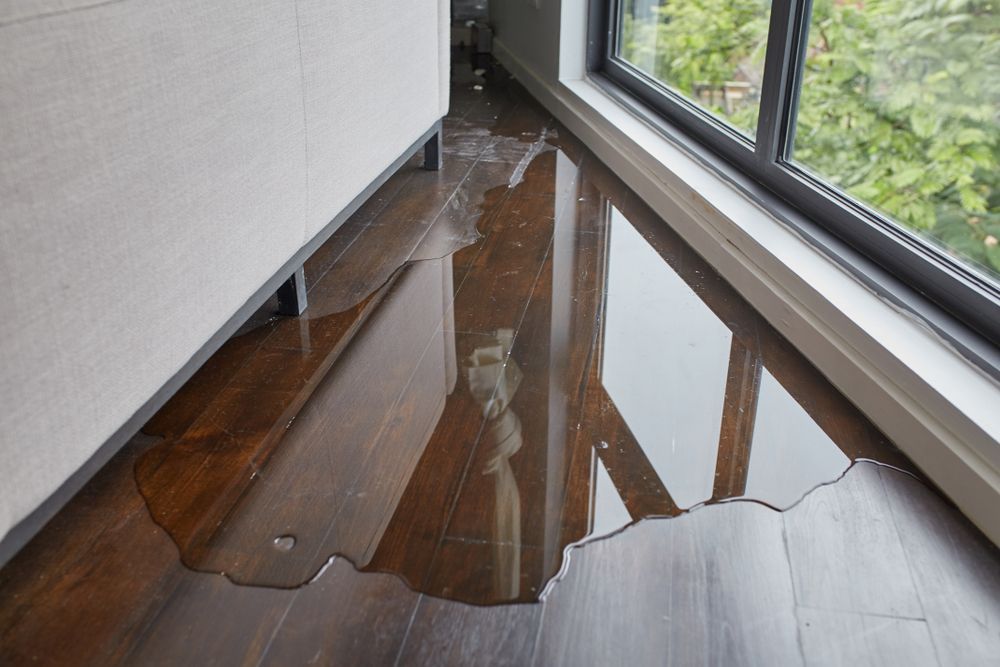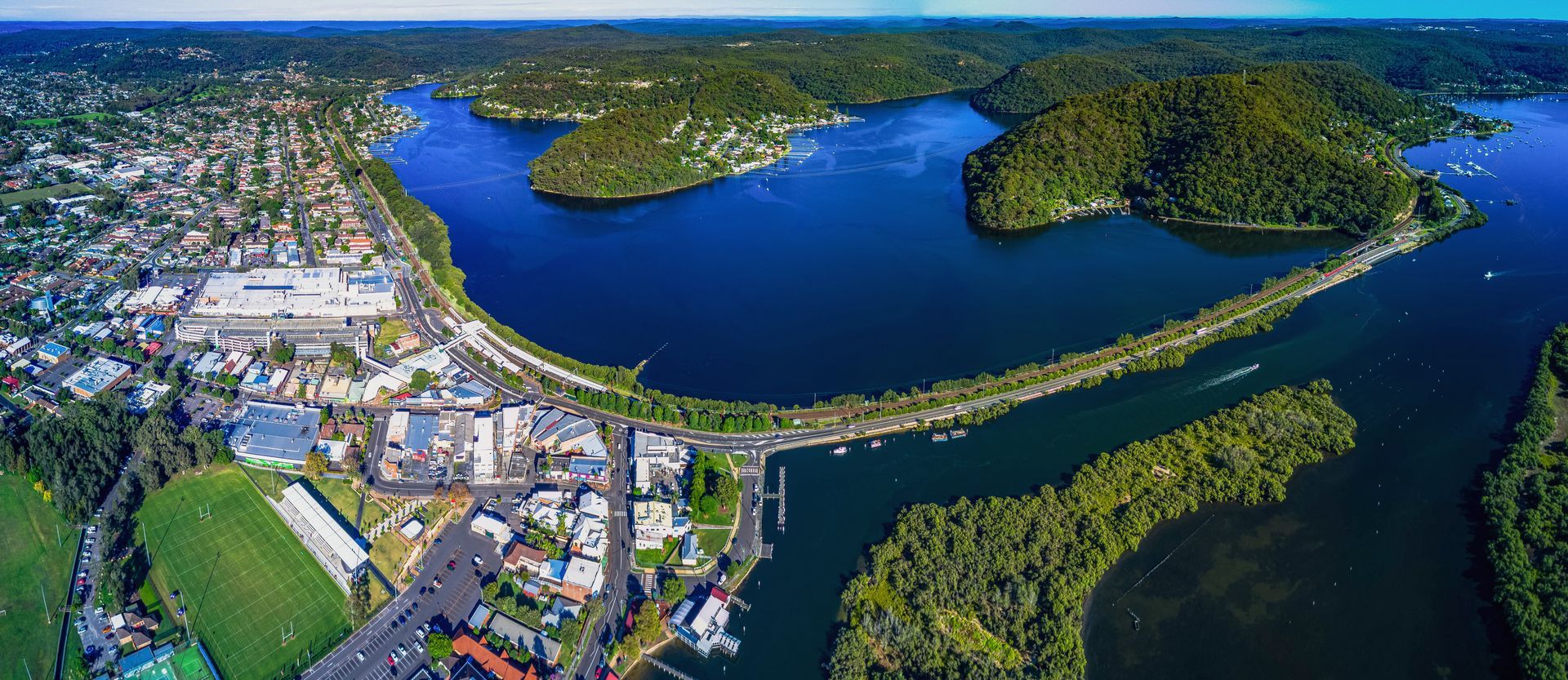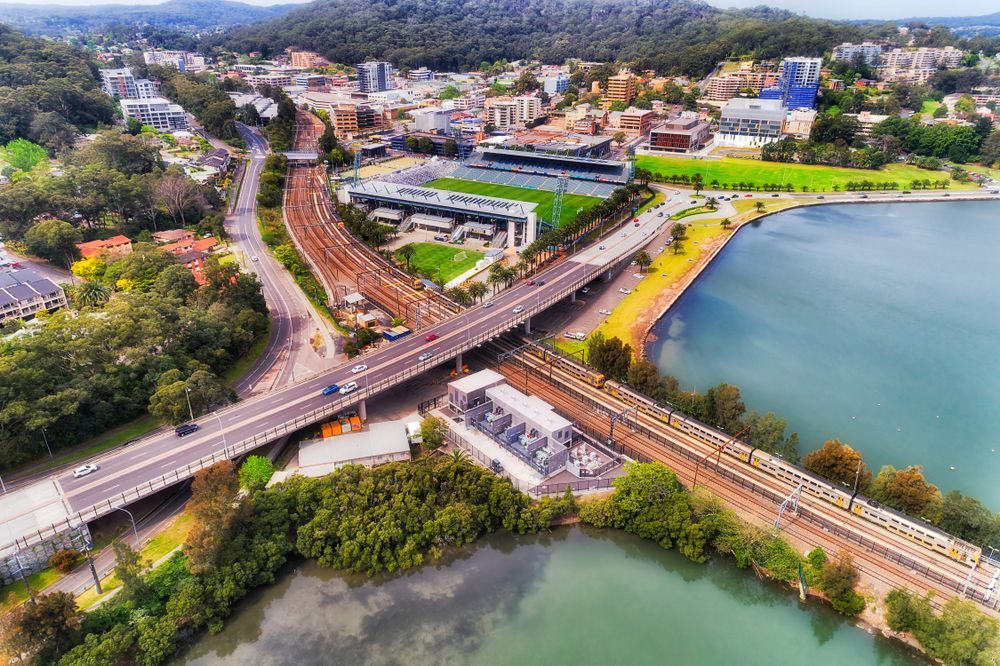Peace of Mind After the Storm
Water damage in Terrigal can be stressful, but a structured restoration process makes it manageable.
The service begins with a detailed inspection to locate all areas affected by moisture, including hidden dampness beneath carpets and inside walls. Powerful extraction tools then remove standing water, while industrial-grade dryers and dehumidifiers tackle residual moisture. This process not only prevents mould but also helps preserve carpets, furniture, and building materials.
Customers can expect regular updates, practical advice, and supportive service from start to finish. Special care is taken with belongings, and technicians explain each step clearly so there are no surprises. Many Terrigal residents note how quickly their homes feel safe and liveable again once restoration begins.
With decades of experience and specialised equipment, Enviro Clean ensures the damage is controlled and recovery is thorough. Choosing a trusted team for water damage restoration in Terrigal gives peace of mind, reduces costs, and restores comfort faster.
Frequently Asked Questions
What causes water damage in homes?
Water damage can result from a wide range of sources, both sudden and gradual. Common causes include burst pipes, leaking roofs, blocked gutters, faulty appliances, overflowing bathtubs, and flooding from heavy rain or storms. In some cases, poor drainage systems or cracked foundations allow water to seep into basements or crawl spaces. Even small leaks can cause significant damage over time if not addressed promptly. Understanding the source is the first step in restoration, as it ensures the problem doesn’t return once repairs are complete.
How long does water damage restoration take?
The length of restoration depends on the extent of the damage and the drying conditions. Minor incidents, such as a small leak affecting one room, may take 2 to 3 days to dry and restore. More serious flooding that impacts multiple rooms or structural materials may take 1 to 2 weeks or longer. Drying time is influenced by factors like humidity levels, carpet or flooring thickness, and how quickly professional equipment is used. Rushing the process can lead to mould growth or hidden structural damage, so thorough drying is essential.
What should you do immediately after discovering water damage?
The first priority is safety: turn off electricity in affected areas to prevent hazards and avoid standing water until it has been deemed safe. If possible, stop the source of the water by shutting off the main supply. Move valuables and electronics to dry areas to reduce further damage. Document the damage with photos or videos, as this can help with insurance claims later. Finally, seek professional assistance quickly, since water damage can worsen in just hours, making restoration more complicated and expensive if delayed.








